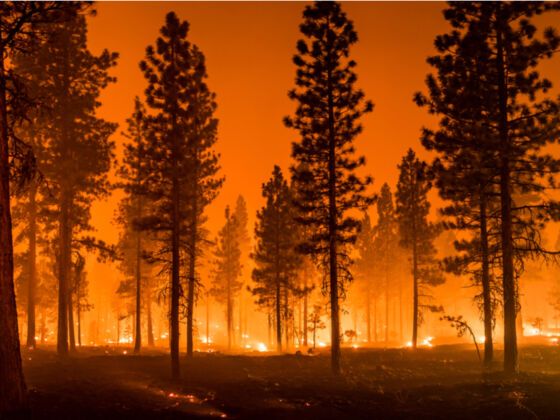IN 2002 I RETURNED from a senior trip to find a towering plume of black smoke above my home in Durango, Colorado. Smartphones didn’t exist yet and calls home had been brief. I had no idea I was coming home to a massive wildfire — the “Missionary Ridge fire” — just one of the many wildfires burning in my home state of Colorado that year.
Standing in my high school gymnasium, I watched people rushing from supply tables to waiting volunteers. Outside, ash-covered firefighters were lying down all over the high school lawn, fallen in place to catch a moment’s nap. Where the parking lot should’ve been, stood a tent city, the matching army tents forming a little village with more firefighters in their yellow and green uniforms. I squinted in the ash-filled air and could see the flames raging through the canopy with no sign of slowing.
